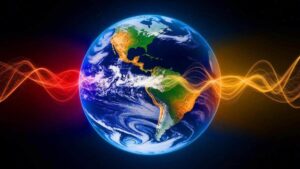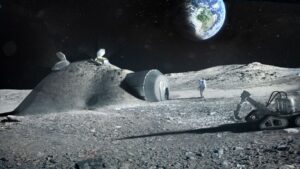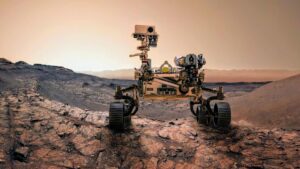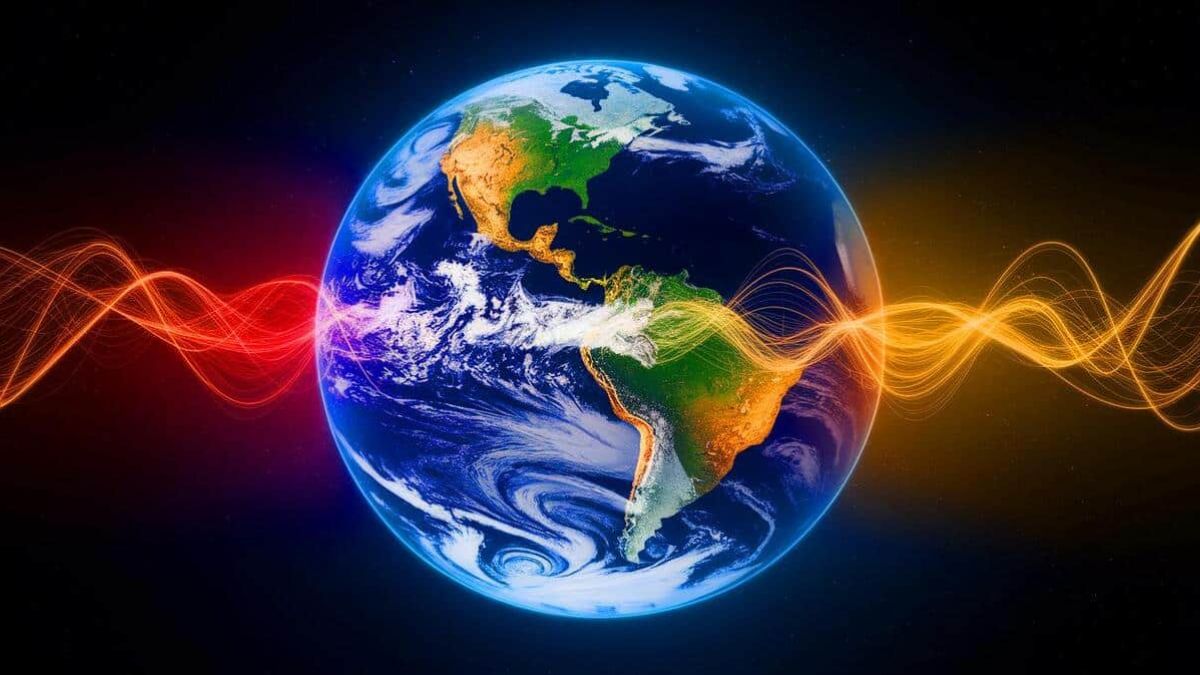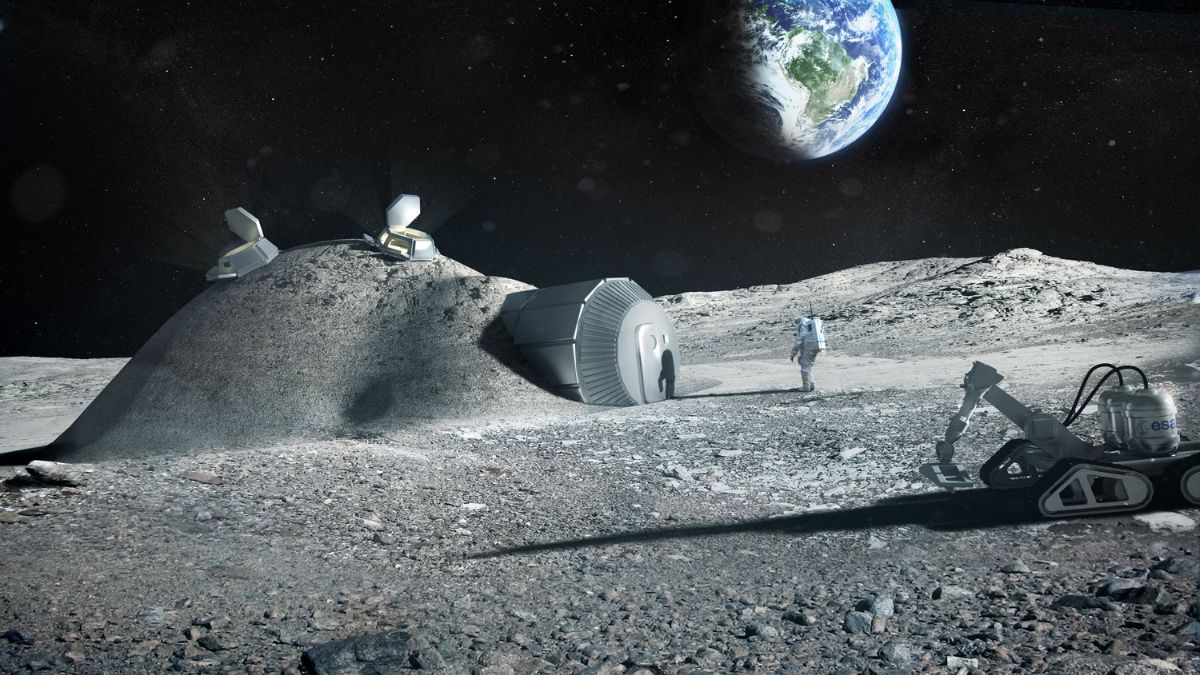Meet Gliese 12b—a planet that has scientists buzzing with excitement. Located just 31 light-years from Earth, it’s not exactly around the corner, but in cosmic terms, that’s pretty close. What’s got everyone so intrigued? Gliese 12b might have conditions that are a lot like our own planet, including the possibility of water. And as we all know, where there’s water, there might be life.
So, could this quiet little world be another version of Earth? Let’s break down what we know so far.
Special
What makes Gliese 12b stand out is where it lives. It orbits a small, cool red dwarf star in the Pisces constellation. Now, here’s the exciting part—it’s located in what scientists call the “habitable zone.” That means it’s at just the right distance from its star for liquid water to exist, just like Earth is from the Sun.
This was discovered using NASA’s TESS (Transiting Exoplanet Survey Satellite), which spots planets by observing dips in starlight as they pass in front of their stars. Gliese 12b caused just such a dip, and the data was enough to make scientists sit up and pay attention.
Instruments
TESS was the first big player in finding Gliese 12b. But now, scientists are bringing out the big guns: the James Webb Space Telescope (JWST). This telescope can pick up tiny details in space, like heat and light that our eyes can’t see. And that’s crucial, because if Gliese 12b has an atmosphere—or signs of life—JWST will help detect it.
These tools work together like cosmic detectives. TESS finds the suspect, and JWST digs deep into the evidence.
Habitable
Right now, we don’t know for sure whether Gliese 12b could support life. But what we do know gives scientists plenty of reasons to keep watching. The planet seems stable—it’s not being pounded by asteroids or burning up in radiation. That’s already a plus.
There’s still no solid proof of an atmosphere with clouds or breathable air. But the temperature and conditions on Gliese 12b are promising. It doesn’t seem too hot or too cold, which makes it a good candidate for further exploration.
Earthlike
So, could it really be a second Earth? Possibly. If scientists confirm that Gliese 12b has water, an atmosphere, and similar conditions to our planet, it would be a huge deal—maybe one of the most important discoveries in space exploration.
Imagine having a backup Earth, or at least knowing one exists. It would completely change how we think about our place in the universe.
Future
For decades, Mars has taken the spotlight when it comes to searching for life beyond Earth. But Gliese 12b adds a fresh twist to that story. It gives scientists a new reason to expand their curiosity further into the stars.
No one’s packing bags for Gliese 12b just yet. But this planet fuels hope. It reminds us why we look up at the night sky and wonder what’s out there. The answer might be just 31 light-years away.
FAQs
Where is Gliese 12b located?
It’s about 31 light-years away in the Pisces constellation.
Is Gliese 12b in the habitable zone?
Yes, it’s in the zone where liquid water could exist.
Which tools are used to study it?
NASA’s TESS and the James Webb Space Telescope are used.
Does Gliese 12b have an atmosphere?
Not confirmed yet, but scientists are actively searching.
Could humans live on Gliese 12b?
Possibly, if it has water and a stable atmosphere.


